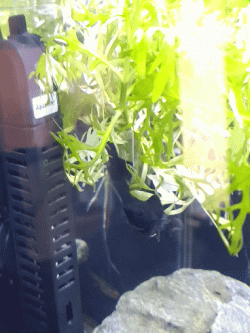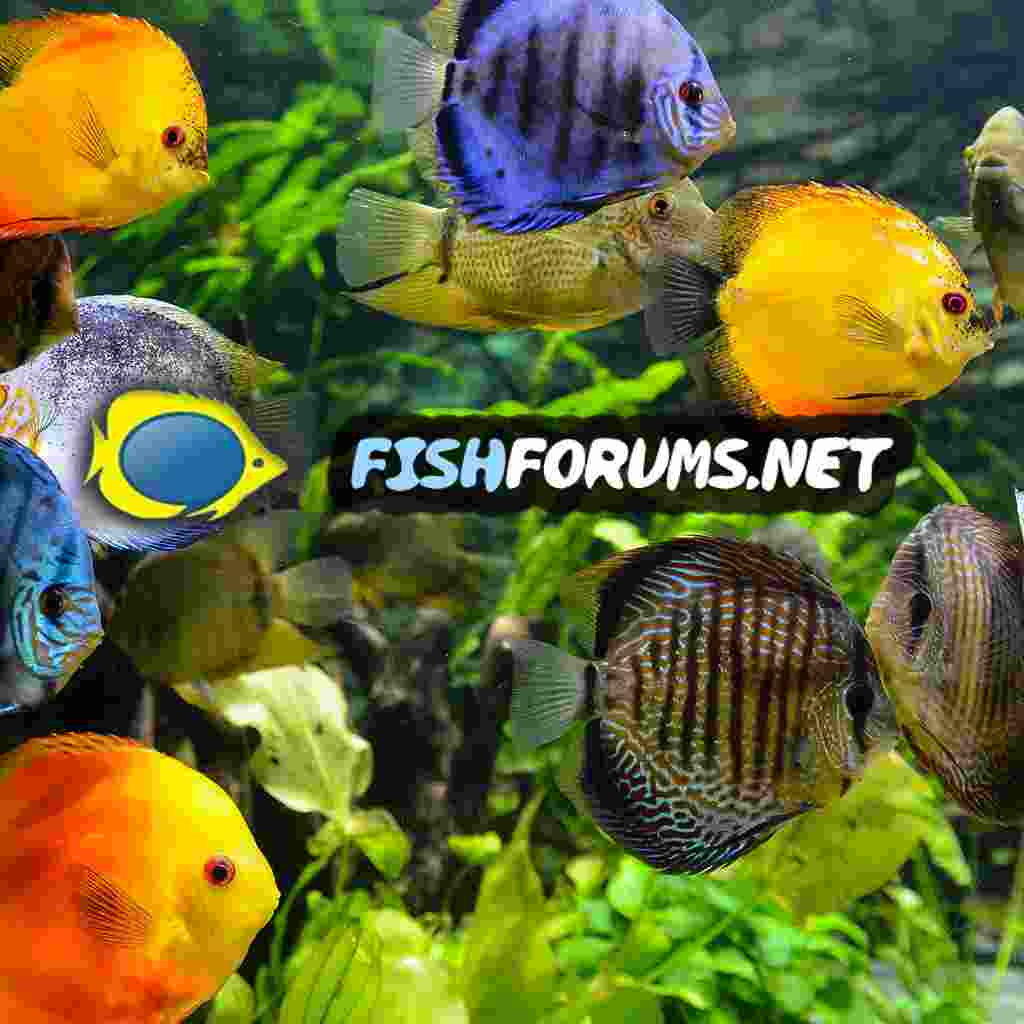KesshouRyuu
New Member
Hi all!
I've used this forum before to search for answers, but I just registered now as I'm very worried about a whitish patch on the side of one of my new mollies. I added 2 new female mollies to keep the original male Molly company.
I know everyone asks for parameters first, so here's the formalities out of the way:
Tank size: 37L
Tank temp: 24°C
pH: 7.0-7.2
Ammonia: 0
Nitrites: 0
Nitrates: <10
Fish: 6 Glowlight Tetras, 3 balloon mollies, 1 CAE, and a mystery snail
Now, the smaller of the two new female mollies has (I think developed? I didn't notice it before this morning, and we only got them 4-5 days ago; could have potentially already been there but I'm pretty sure I would've noticed it) a whitish large patch on its side. I can't see any signs of behavioural change, and I can't see anything similar developing on any of the other fish. I'll attach some photos, but it was hard to get the camera to focus with glass reflection, and I had difficulty coaxing her to swim to the side for a moment to take the photos, but I hope it's clear enough to be diagnosed.
Thank you all in advance for any information. I'm pretty worried as it doesn't look "minor."
I've used this forum before to search for answers, but I just registered now as I'm very worried about a whitish patch on the side of one of my new mollies. I added 2 new female mollies to keep the original male Molly company.
I know everyone asks for parameters first, so here's the formalities out of the way:
Tank size: 37L
Tank temp: 24°C
pH: 7.0-7.2
Ammonia: 0
Nitrites: 0
Nitrates: <10
Fish: 6 Glowlight Tetras, 3 balloon mollies, 1 CAE, and a mystery snail
Now, the smaller of the two new female mollies has (I think developed? I didn't notice it before this morning, and we only got them 4-5 days ago; could have potentially already been there but I'm pretty sure I would've noticed it) a whitish large patch on its side. I can't see any signs of behavioural change, and I can't see anything similar developing on any of the other fish. I'll attach some photos, but it was hard to get the camera to focus with glass reflection, and I had difficulty coaxing her to swim to the side for a moment to take the photos, but I hope it's clear enough to be diagnosed.
Thank you all in advance for any information. I'm pretty worried as it doesn't look "minor."









